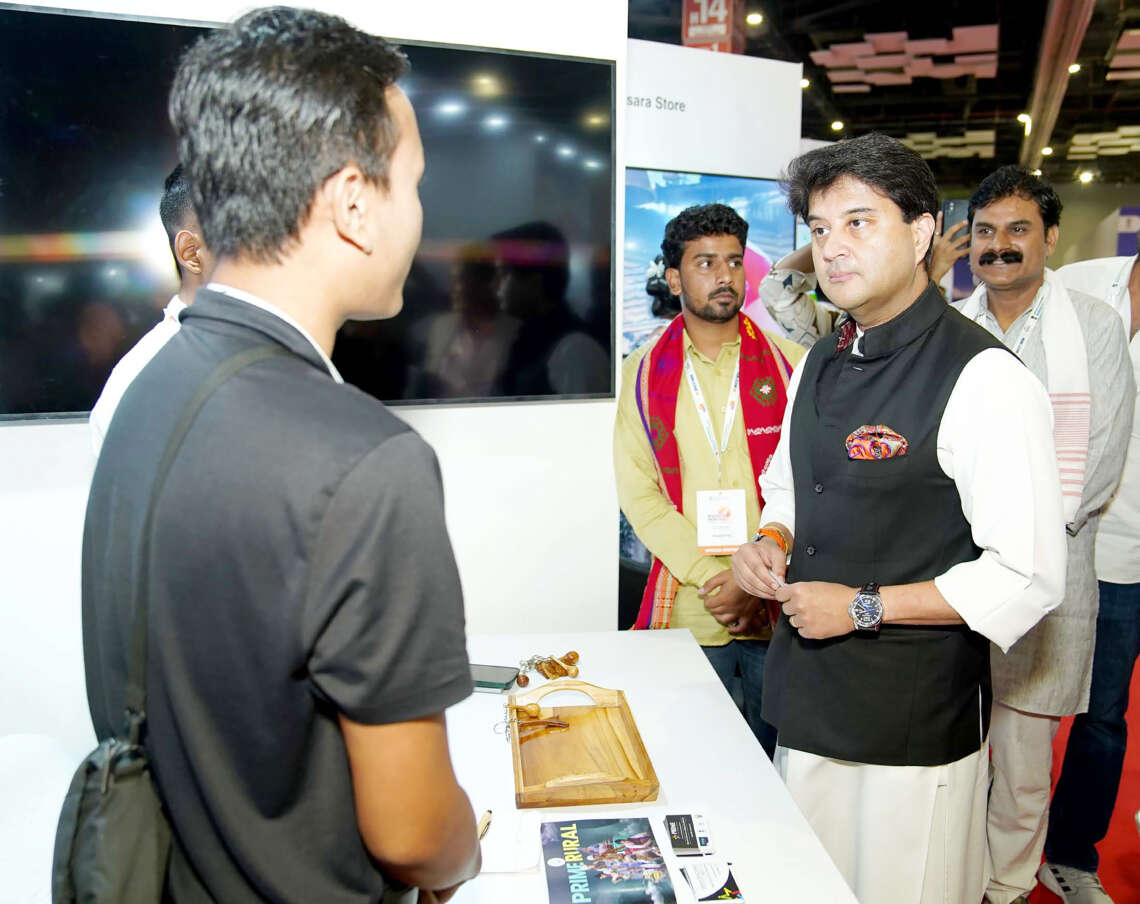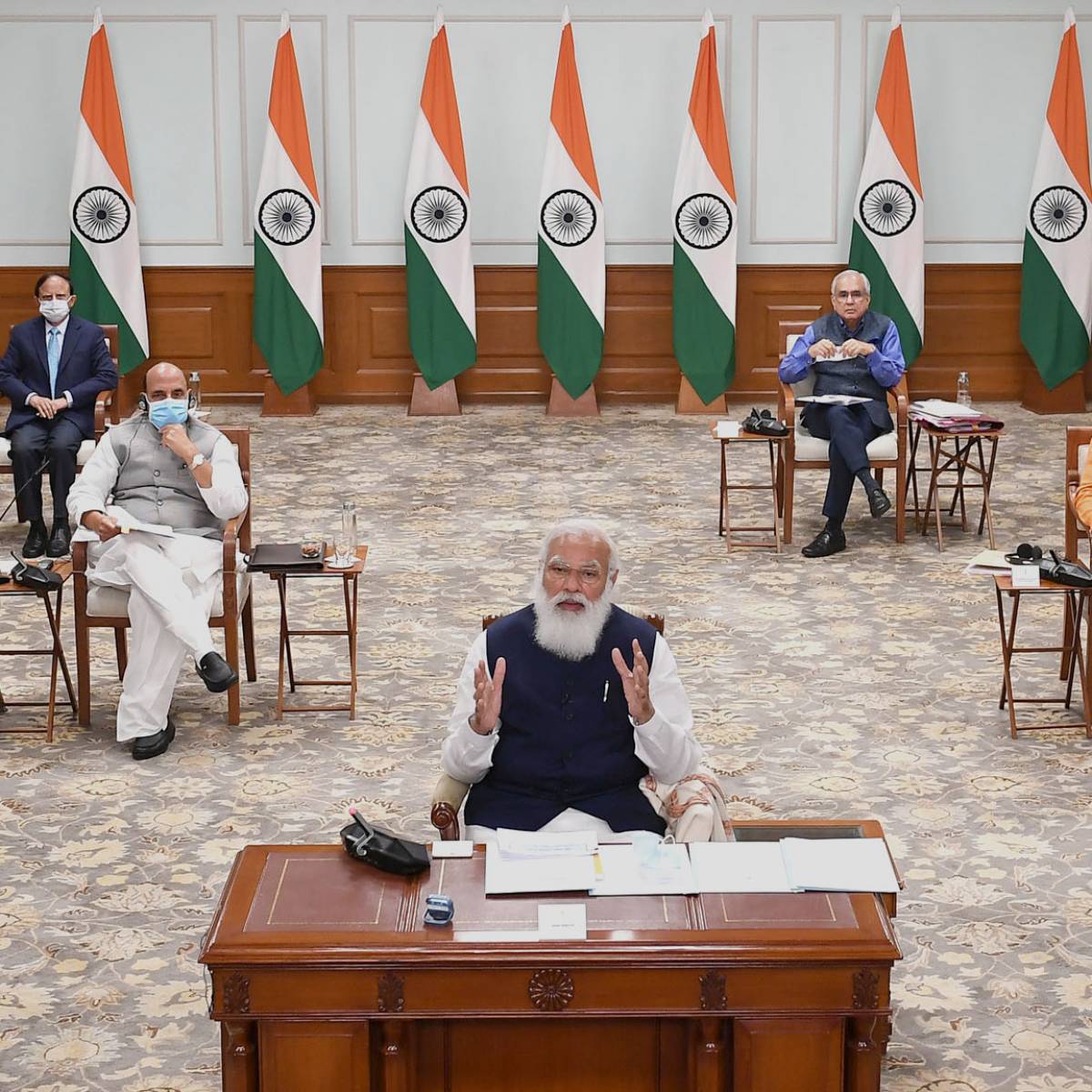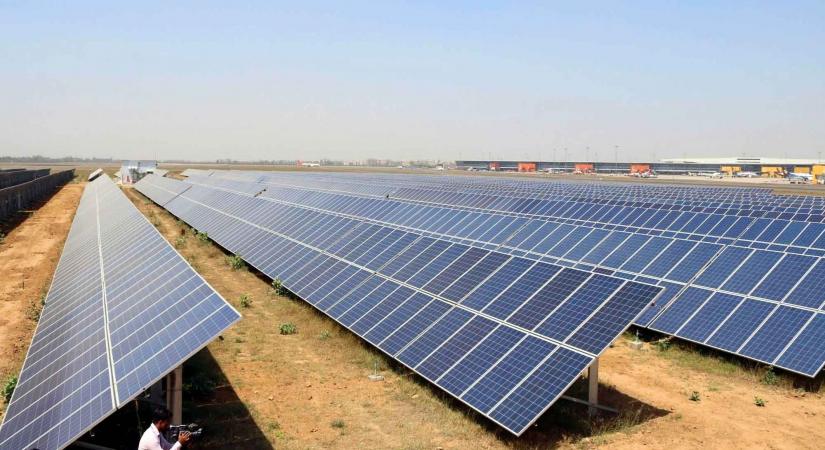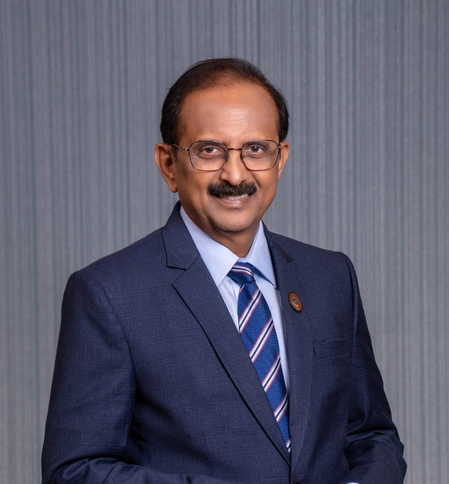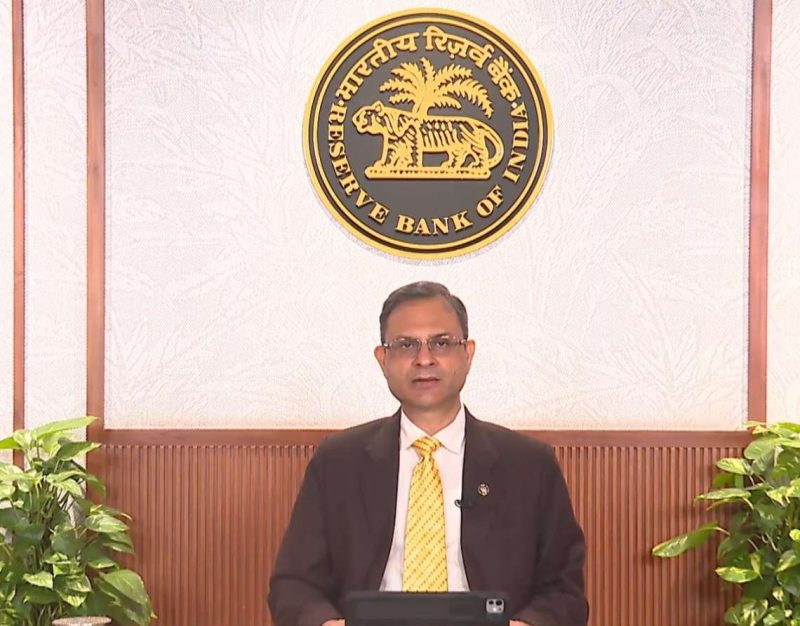Scindia also provided updates on the government’s efforts to facilitate the entry of SpaceX’s Starlink service into India. “All due diligence from the Ministry’s side is complete
Union Minister for Communications and Development of North Eastern Region (DoNER), Jyotiraditya Scindia, has declared that the Northeast has emerged as the engine powering India’s progress toward the Viksit Bharat@2047 vision, highlighting its transformation over the last decade under Prime Minister Narendra Modi’s leadership.
“Northeast is growing at almost 3.5 to 4 times the world average, and more than twice India’s average,” Scindia told IANS in an exclusive interview. “If you think of all India’s states and Union Territories as a train, then the engine of that train has definitely become the northeastern region.”
The minister credited PM Modi’s deep commitment to the Northeast’s development, citing the Prime Minister’s 70 visits to the region—more than all his predecessors combined. “This was the voice of his conscience,” Scindia said, describing how Modi has helped re-establish the Northeast’s historical role as a bridge to the Global South and ASEAN.
Since 2014, the region has seen a remarkable surge in infrastructure and investment. The number of airports has grown from nine to 17, with Arunachal Pradesh now having four and Sikkim one, where there were none earlier. National highway length has expanded from 10,000 km to 16,000 km, while rural road construction has touched 40,000 km, backed by ₹50,000 crore in funding. Railway projects totalling ₹80,000 crore are underway to ensure rail connectivity in all eight northeastern states by 2027.
Scindia highlighted the recently concluded Rising North East Investors Summit 2025, where investment commitments worth ₹5 lakh crore poured in. “The Northeast has become a hub of global partnership and mutual interest,” he said.
He also underlined that two of the country’s record-breaking infrastructure marvels—the 4.5 km Bhupen Hazarika Bridge and the 9.5 km Bogibeel road-cum-rail bridge—have been completed in the region.
Turning to his Communications portfolio, Scindia laid out an ambitious vision for India Post, describing it as a sleeping giant poised to become a logistics powerhouse. “We are determined to convert this extraordinary institutional strength into a true logistics powerhouse,” he said, referring to India Post’s unmatched distribution network of over 1.84 lakh operational points—the largest globally.
India Post has undergone significant restructuring, with six business verticals and four horizontals created to focus on profitability, cost efficiency, and technological advancement. For the first time, the department has appointed a Chief Technology Officer and Deputy CTOs for each vertical to lead this transformation. “Every line of business is now being evaluated in terms of cost structure, competition, and revenue generation,” he explained.
Scindia also provided updates on the government’s efforts to facilitate the entry of SpaceX’s Starlink service into India. “All due diligence from the Ministry’s side is complete. Starlink can roll out services in India once regulatory approvals are secured from IN-SPACe,” he said.
Reflecting on the decade-long journey of India’s digital revolution, Scindia called it a silent but transformative force. “This digital highway may be invisible, but its power to transform ordinary lives is extraordinary,” he said. From 90 crore mobile users a decade ago, India now has 120 crore. Internet connections have jumped from 25 crore to nearly 100 crore, and broadband subscriptions have soared from 6 crore to 94 crore.
He emphasised that India now leads the world in digital transactions, accounting for 46 per cent of global volume. “Nearly 1.7 billion transactions occur in India annually, worth around $3 trillion. India is not a follower; India is the leader in digital transactions,” Scindia noted. He praised the Prime Minister’s foresight in driving this digital transformation, citing how data costs have dropped 95 per cent to ₹9.5 per GB, making India a potential global data powerhouse.
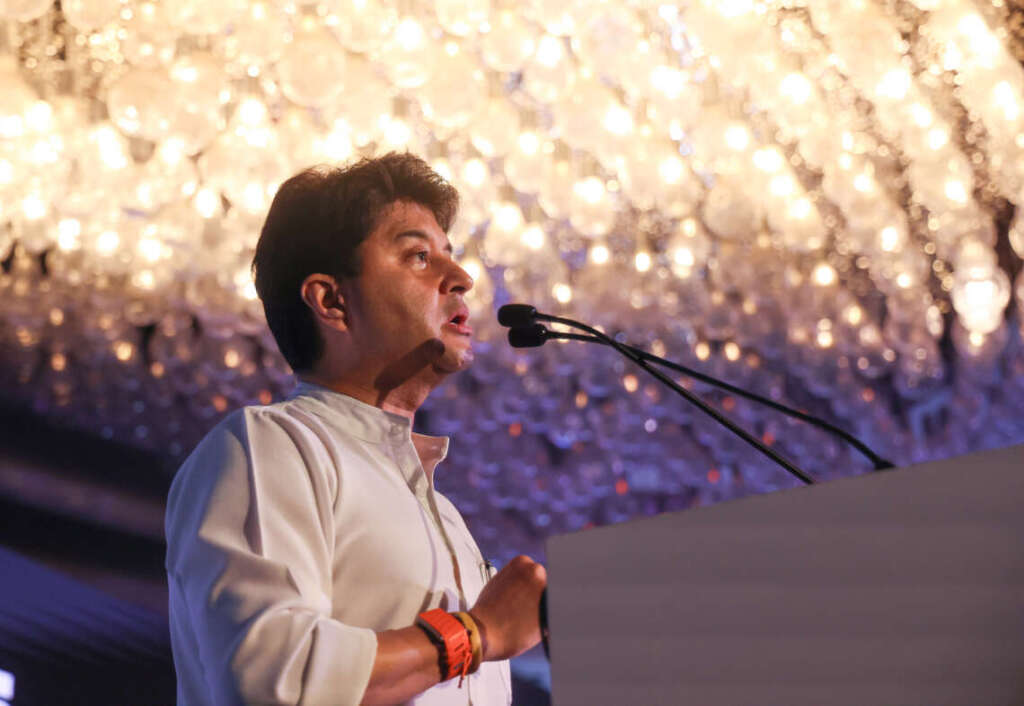
Scindia also celebrated the turnaround story of BSNL. After years of financial stress, the state-run telecom operator posted profits for the first time in 18 years, with ₹262 crore in Q3 FY25 and ₹280 crore in Q4. Its operating profit jumped 150 per cent to ₹5,300 crore, while net losses were slashed by over 50 per cent.
“BSNL had been left on critical support—not even ventilator support—by the UPA. But with economic packages totalling ₹3 lakh crore and strategic reforms, we’ve brought BSNL back to life,” said Scindia, crediting the entire BSNL workforce for their tireless efforts.
Finally, on the upcoming Bihar elections, Scindia predicted a clear NDA victory. “Service, development, and progress are our priorities. The people of Bihar will support a leadership that delivers,” he affirmed.
From digital revolutions to logistics overhauls and regional transformation, Scindia’s interview painted a picture of a rapidly evolving India—with the Northeast leading the charge.


